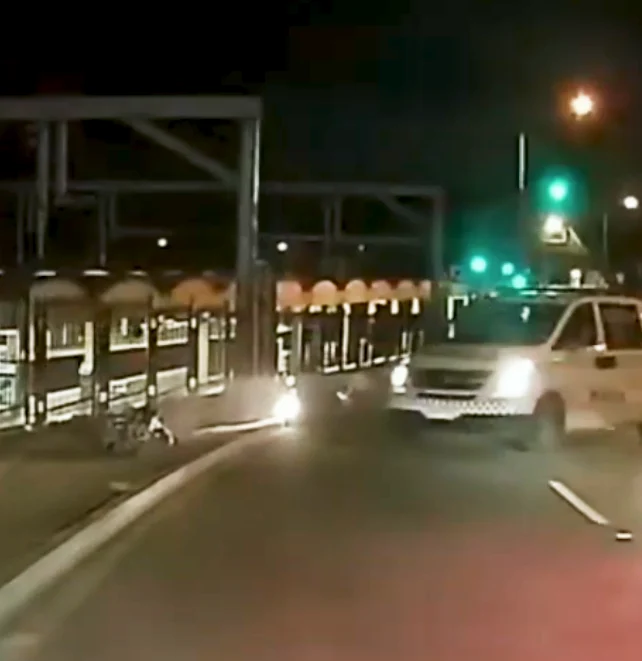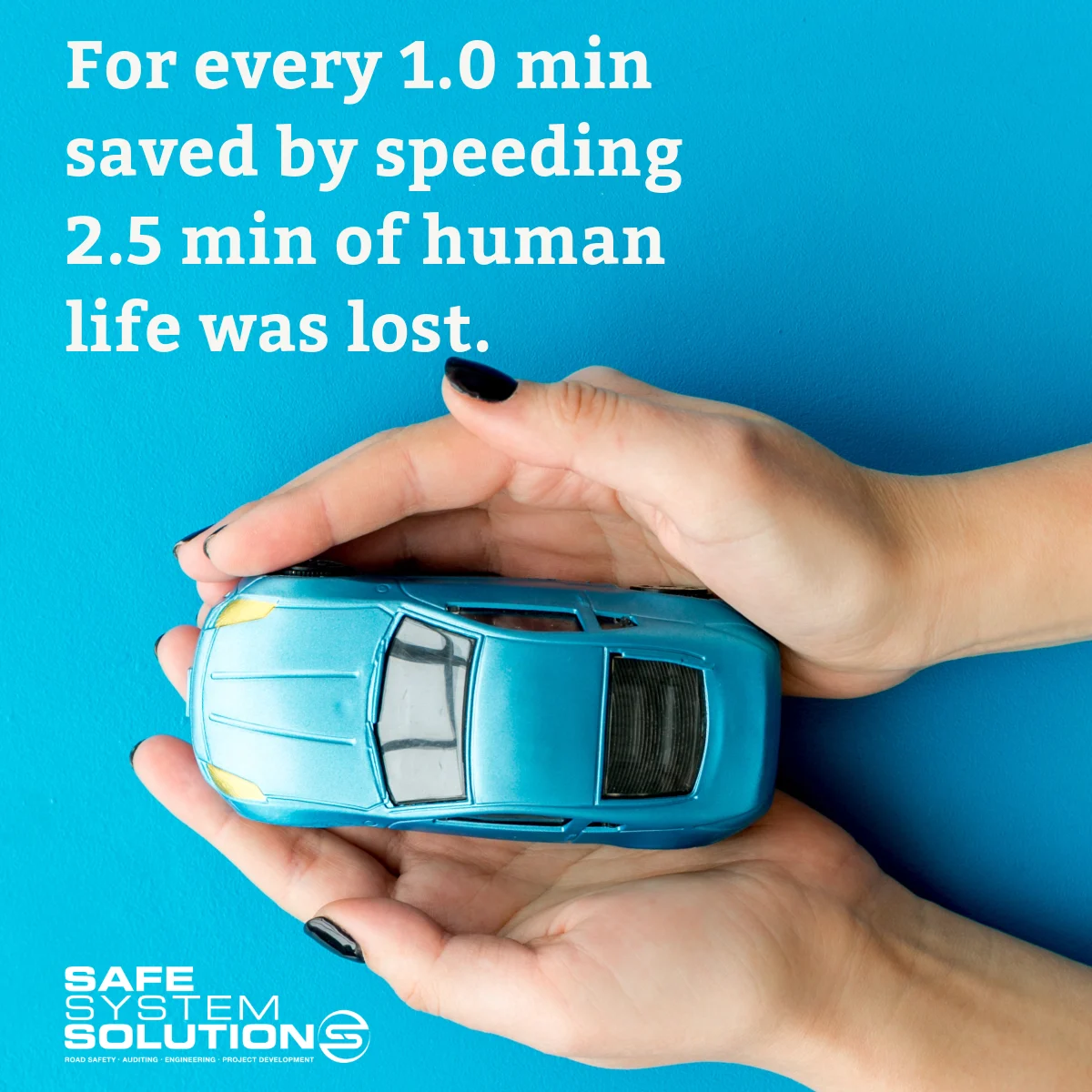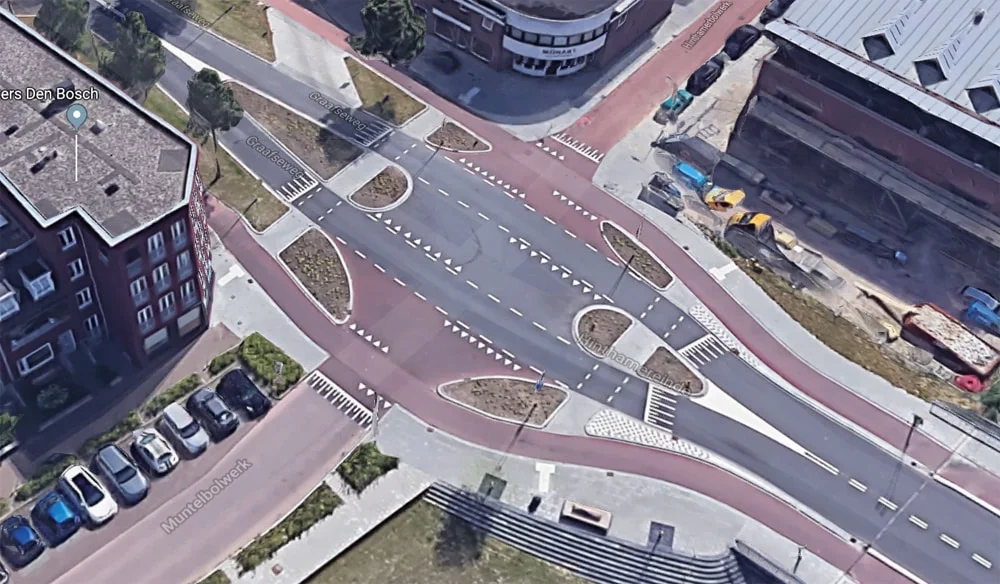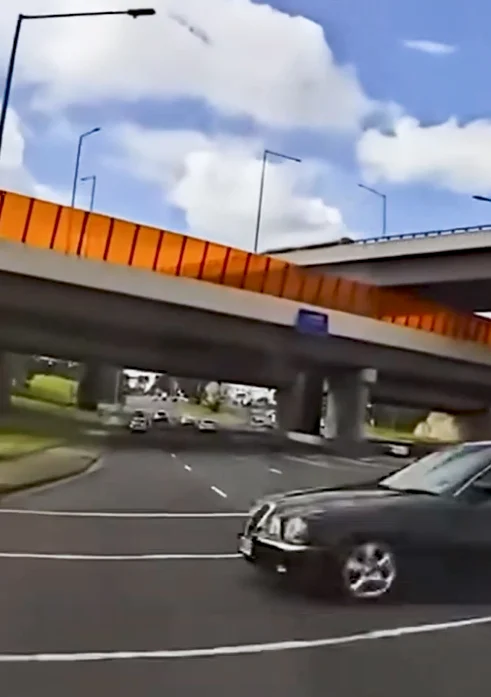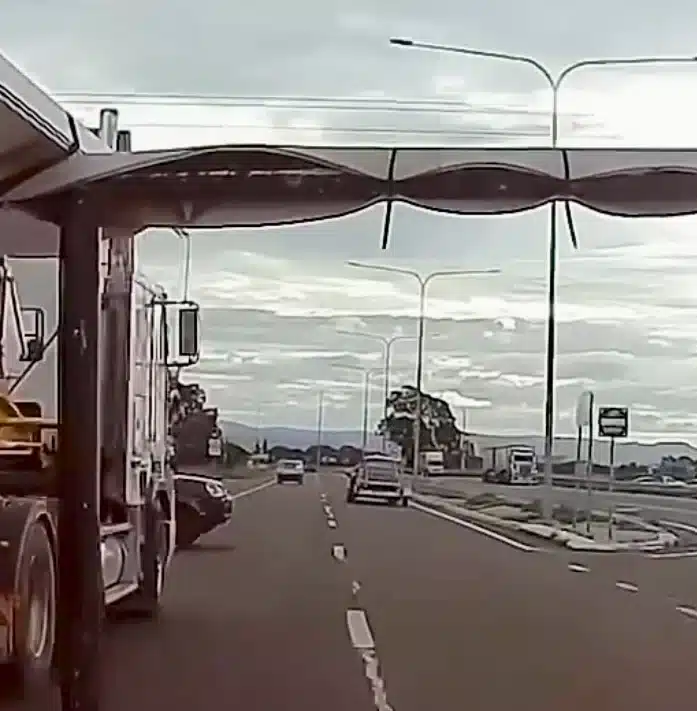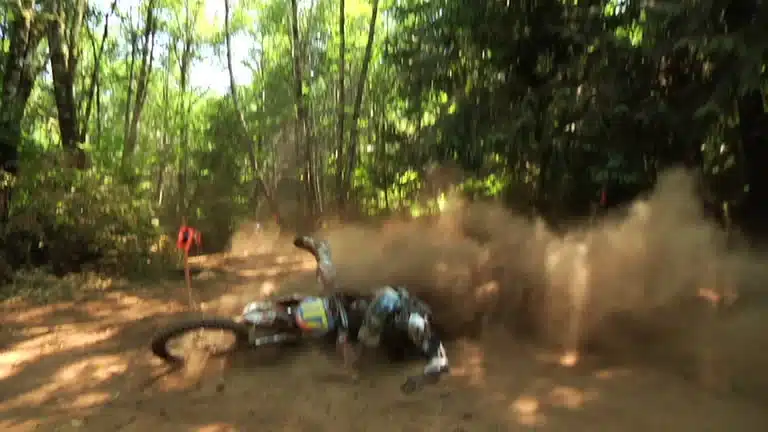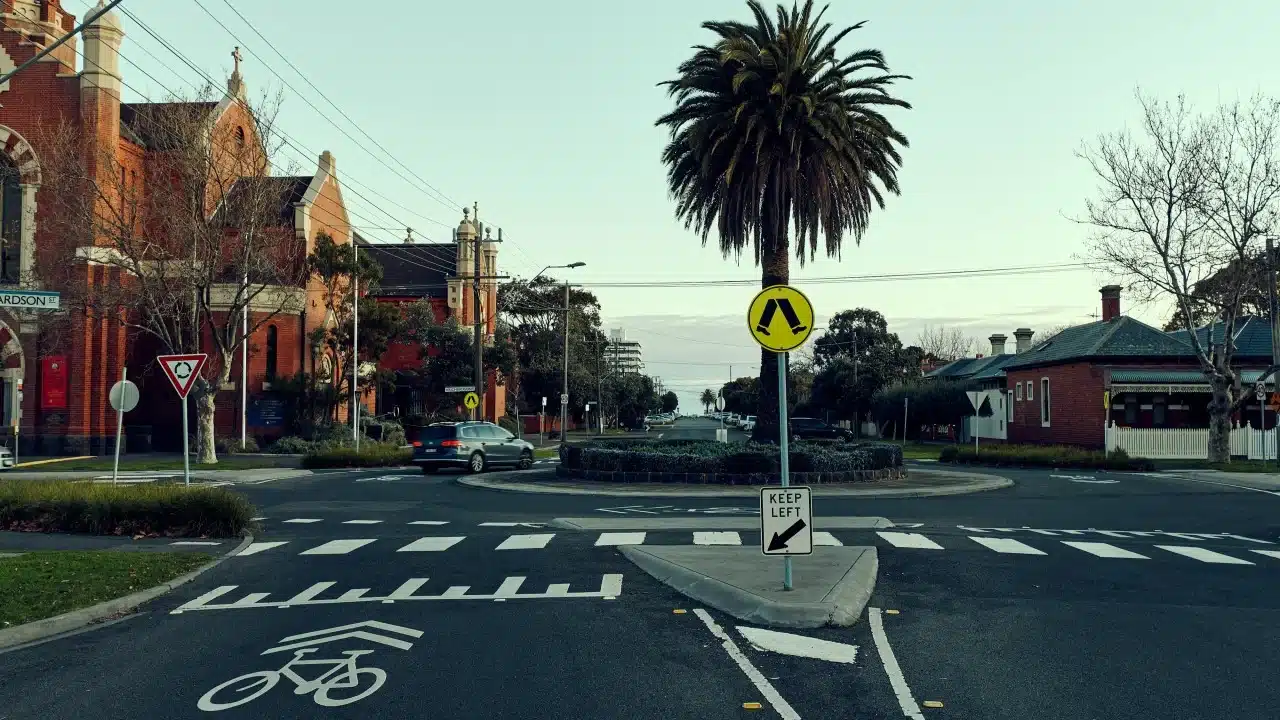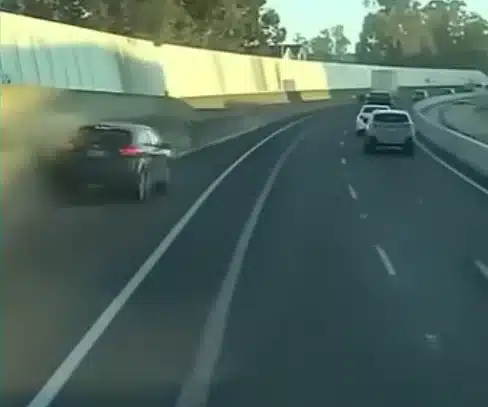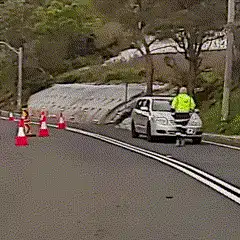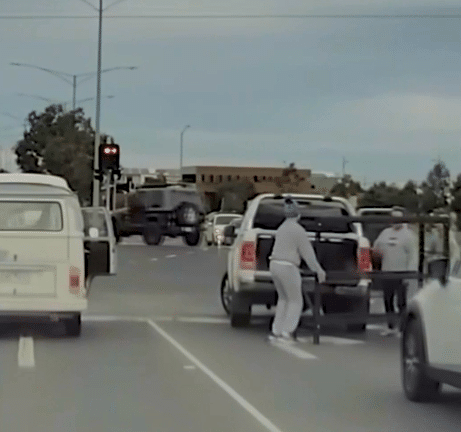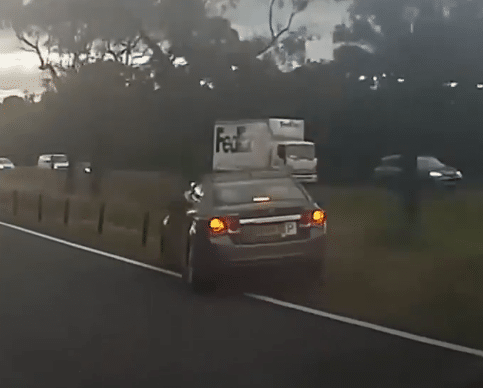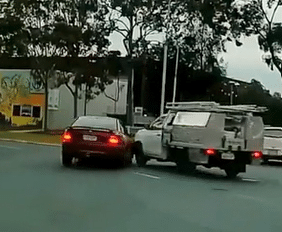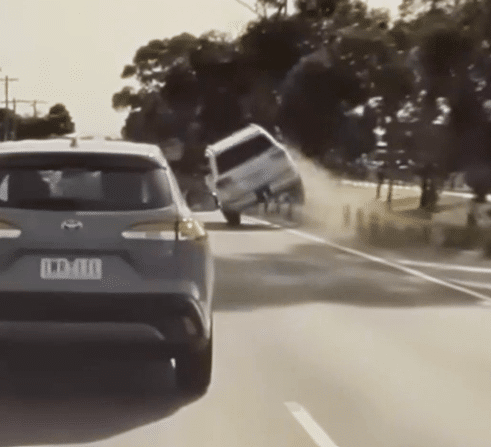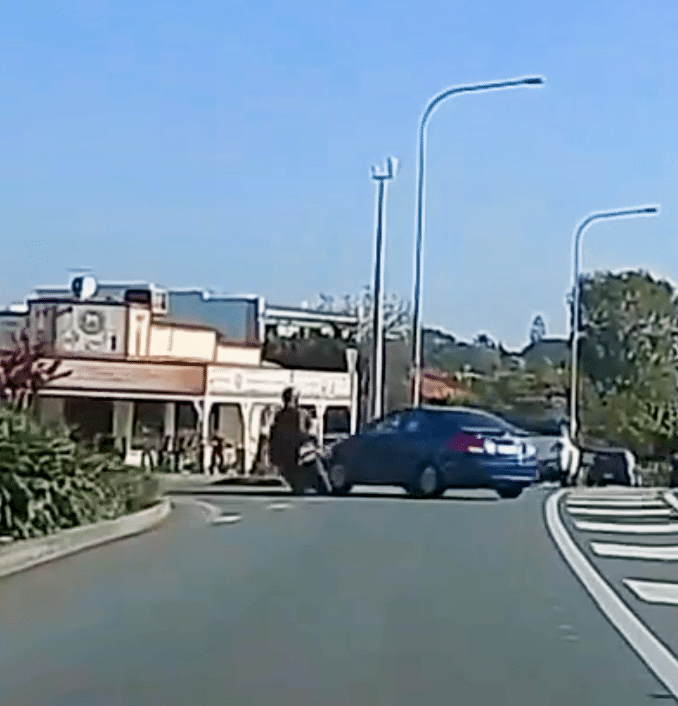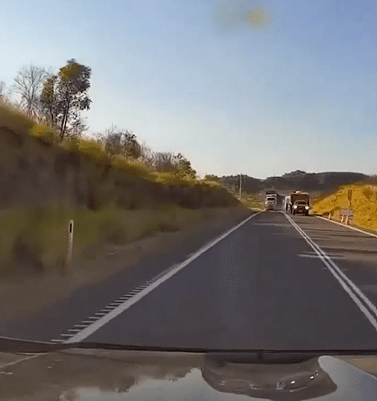Latest News
Safe System Snippet 446: Post Crash Care
One often overlooked element of the Safe System is post-crash care. This is how quickly and effectively injured parties receive medical attention after a crash event. The speed and quality of care can make a significant difference in reducing the severity of...
Safe System Snippet 445: The Real Cost of Speeding
In 2015, US data scientist Max Galka made a startling revelation in his analysis of the social cost of speeding. For every 1 minute saved by speeding, 2.5 minutes of human life are lost. This data is another way to try to get across the message of the cost of speeding...
Safe System Snippet 444: Bent-out Cycle Lane Crossings
Bent-out cycle lane crossings are designed to provide a gap of one or two car lengths between the main carriageway and crossing. This provides an area where a vehicle can store when they turn off the main carriageway; creating safer turning movements and increasing...
Safe System Snippet 443: Cyclists on the Road
Cycling harassment is a widespread issue. Over a 12-month period, 76% of male cyclists and 72% of female cyclists reported being harassed while on their bike (Heesch et al., 2011). The most common forms of harassment included driving too close (66%), shouting abuse...
Safe System Snippet 442: Interchange Intersections – The Hidden Killer
Eastlink in Melbourne is regarded as one of Australia’s safest motorways, but the data might not tell the full story. When evaluating the safety of a road like this, analysts typically focus on the mainline and on/off ramps, overlooking the interchange intersections....
Safe System Snippet 441: Who says the community doesn’t want safer speeds?
The Mornington Peninsula Speed Limit Change Trial revealed some pretty important stuff: people overwhelmingly support safer and more appropriate speed limits when they align with community needs and deliver tangible benefits. In this case it was a lot of roads reduced...
Safe System Snippet 440: Dynamic Visual Obstruction
Dynamic Visual Obstruction occurs when one vehicle blocks the sight lines for another road user. This is a common issue at intersections. It often happens when turning vehicles obscure the view for drivers exiting or entering side roads, creating a higher likelihood...
Safe System Snippet 439: Trail Bike Safety
Trail bike crashes are a less visible but significant contributor to road trauma. Often classified as off-road incidents or reported on-road for insurance purposes, they fly under the radar of traditional road safety statistics. In Victoria, around 700 crashes...
Raised Crossings – It Must Be a Sign… The Updated Version
Raised pedestrian crossings (or wombat crossings as they’re commonly known in Australia) are among the best treatments we have for improving pedestrian safety and accessibility. They reduce vehicle speeds, enhance pedestrian visibility, and make crossing the road...
Safe System Snippet 438: Rigid Barrier Systems
Rigid barrier systems come in various forms, typically made of steel, concrete, or a combination. While these systems can result in a harsher impact for vehicle occupants compared to more flexible barriers, there are specific applications where their advantages...
Safe System Snippet 437: Cone Theft
Traffic cone theft is a big issue. While we don’t have figures for Australia and New Zealand, the US reports that 1 million traffic cones go missing from worksites each year. Stealing traffic management cones or bollards might seem harmless or even a bit of fun to...
Safe System Snippet 436: Risk Perception and Behaviour
This video from Australia leaves us a bit lost for words (it’s more reminiscent of scenarios we’ve seen in other countries). But it raises an important question: how does risk perception influence behaviour in situations like this Several factors seem to reduce the...
Safe System Snippet 435: Safe System in Action
People make mistakes, and while we all continue to strive to reduce the number of mistakes on our roads, we need to sharpen our focus on managing their consequences - specifically, managing the energy in a crash scenario. This video is a brilliant example of a barrier...
Safe System Snippet 434: Angle of Crashes at Roundabouts
One reason crashes between passenger vehicles at roundabouts tend to be less severe than those at traditional square intersections is the angle of conflict. At roundabouts, the angles of vehicle collisions are typically much shallower compared to the 90-degree impacts...
Safe System Snippet 433: Nuisance hits on barriers
When designing roadside barriers, there are many factors to consider within the context of the site. One important trade-off is between the stiffness of the barrier system and its offset from the edgeline. A more flexible barrier system typically reduces occupant...
Safe System Snippet 432: Expect the unexpected as a rider
Riders face unique challenges on the road. Their smaller size compared to other vehicles makes it more likely for drivers to miss seeing them - creating situations where anticipation and quick reactions can make all the difference. While we work to make drivers more...
Safe System Snippet 431: Lateral Protection Devices
Lateral Protection Devices (LPDs) fitted to trucks are an effective way to lessen the severity of a crash with a pedestrian or cyclist. According to Knight et. al (2005) the effectiveness of LPDs in preventing fatalities in crashes with the side of large trucks range...
Safe System Snippet 430: The Importance of Queue Visibility
In this video, it’s hard to tell exactly what’s happened. Let’s give the driver the benefit of the doubt and hypothesise that they identified the queuing vehicles too late and made a choice to avoid a rear-end collision with the queue. This scenario highlights an...
Safe System Snippet 426: : T-Intersections
Did you know that there’s no legal requirement to install a Give Way sign at a T-intersection? According to the Road Rules, vehicles on the terminating road are already required to give way to traffic on the through road (includes garbage bins it seems 😂). This means...
Safe System Snippet 425: Pedestrians at Large Signalised Intersections
Pedestrians face frequent, varied, and high-severity risks in urban areas, particularly at intersections. These risks aren't just due to crossing the road; intersections are also high-risk points where vehicles may leave the road unexpectedly - whether avoiding other...

